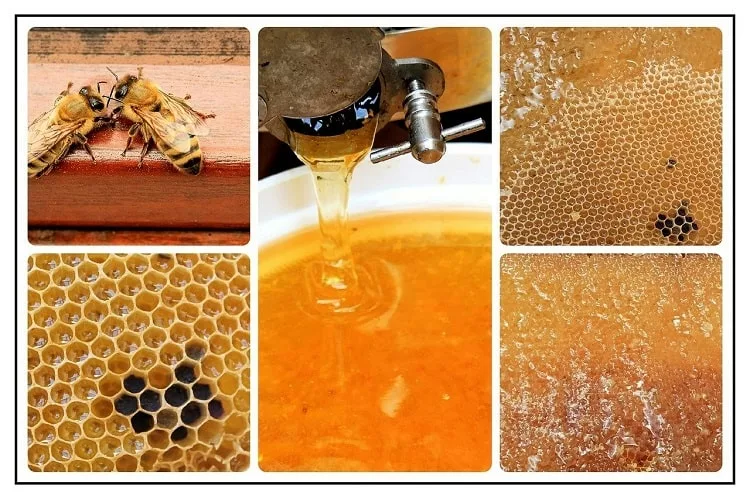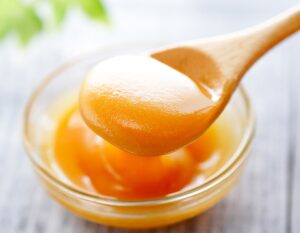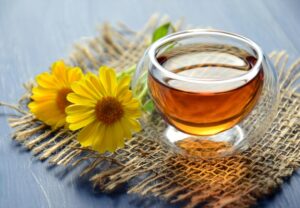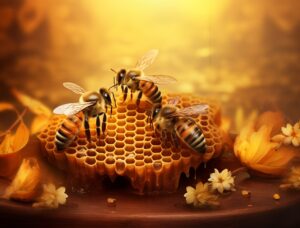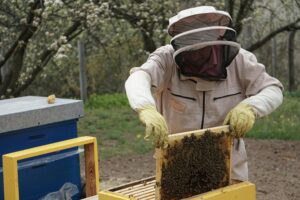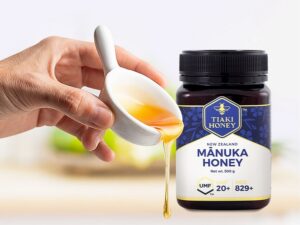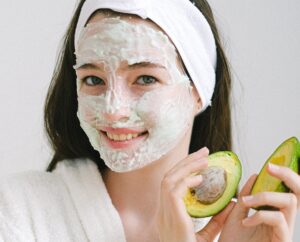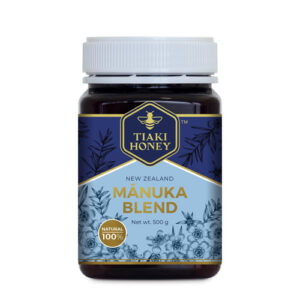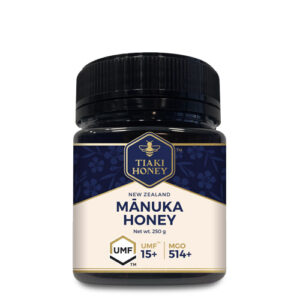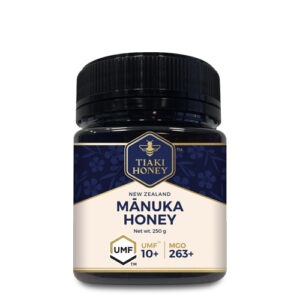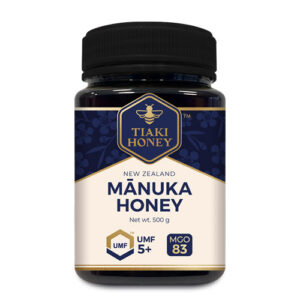YES, Honeycomb Is Edible – Here’s Why
Honey bees create the natural product known as honeycomb which is used to store honey and pollen or to house their larvae. It is made up of many beeswax hexagonal cells, most of which are filled with raw honey.
Since raw honey has not been pasteurized or filtered, it differs from commercial honey.
Additionally, honeycombs contain various bee products including royal jelly, propolis, and pollen, all of which have their own potential health advantages.
The honey and the waxy cells that surround it are edible, as well as the entire honeycomb. In comparison to filtered honey, raw honey is more grainy. The waxy cells can also be chewed like gum.
Not only is honeycomb visually appealing, but it also holds an abundance of sweet and delicious honey. Many people wonder whether it is safe and enjoyable to consume honeycomb along with the honey it contains.
In this article, we will explore the edibility of honeycomb and the potential benefits and considerations associated with consuming it.
The Delightful Combination: Honey and Honeycomb
Honeycomb is entirely edible and can be enjoyed along with the honey it holds. The honeycomb itself is made of beeswax, a natural substance produced by bees to construct their hives. Bees fill these hexagonal wax cells with honey, which is their primary food source. The result is a delectable combination of honey and the chewy, waxy texture of the honeycomb.
Benefits of Eating Honeycomb
Consuming honeycomb offers several potential benefits:
Natural and Unprocessed: Honeycomb is a pure and unprocessed form of honey. It contains all the natural enzymes, vitamins, minerals, and antioxidants present in raw honey, providing potential health benefits.
Unique Texture and Flavor: The waxy texture of honeycomb adds a delightful chewiness to the eating experience. Some people enjoy the contrast between the smooth honey and the slight resistance of the comb.
Additionally, honeycomb can enhance the flavor profile of the honey, creating a more immersive and enjoyable taste sensation.
Beeswax Benefits: Beeswax, the material that forms honeycomb, contains its own set of potential benefits. It is believed to possess anti-inflammatory properties and may contribute to skin health when used in natural skincare products. It is often used to create non-toxic and all-natural beeswax candles.
Culinary Versatility: Honeycomb can be incorporated into various culinary creations. It serves as an interesting and visually appealing addition to cheese platters, dessert spreads, and even as a garnish for cocktails or beverages.
Considerations When Eating Honeycomb
While honeycomb is generally safe to consume, there are a few considerations to keep in mind:
Chewing and Digestion: Honeycomb can be chewy and waxy, requiring more effort to consume compared to liquid honey. Some individuals may find the texture less desirable or have difficulty chewing and digesting the wax. It is important to chew thoroughly or remove the wax if preferred.
Sourcing and Quality: Ensure that the honeycomb you consume is sourced from reputable beekeepers who follow proper hygiene and quality standards. This ensures a safe and high-quality product.
Allergies and Sensitivities: Individuals with allergies or sensitivities to bee products should exercise caution when consuming honeycomb. It is advisable to consult with a healthcare professional if you have concerns about potential allergic reactions.
Enjoying the Honeycomb Experience
If you are curious about trying honeycomb, you can find it available in specialized honey shops, local farmers’ markets, or directly from beekeepers. When selecting honeycomb, look for those that are fresh, free from contaminants, and sourced from reliable producers.
Whether you choose to enjoy honeycomb on its own, spread it on toast, or incorporate it into your favorite recipes, the experience of consuming honeycomb can be a delightful and unique way to savor the natural goodness of honey.
Delve into the world of honeycomb. Explore the edible wonders of UMF™ Manuka Honey!
